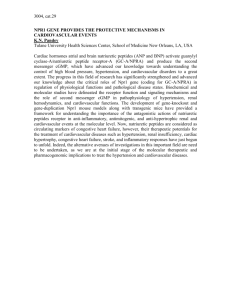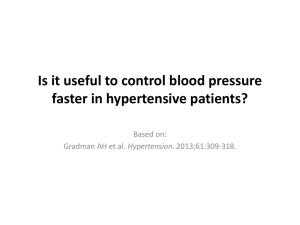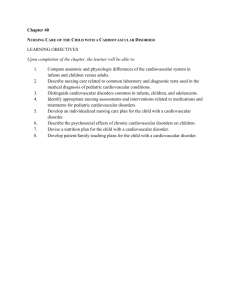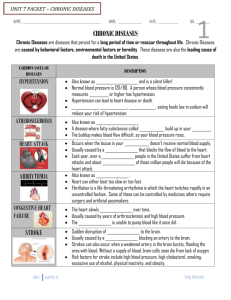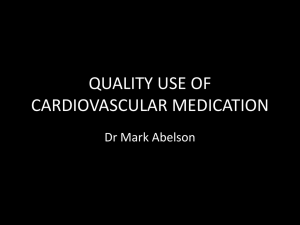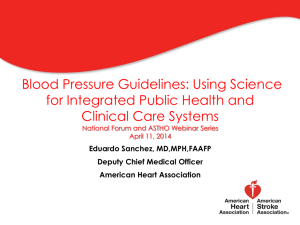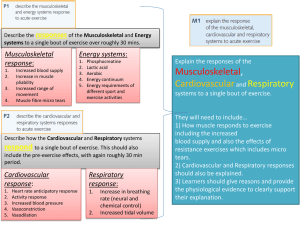Project 3.b.i - Cardiovascular Health
advertisement
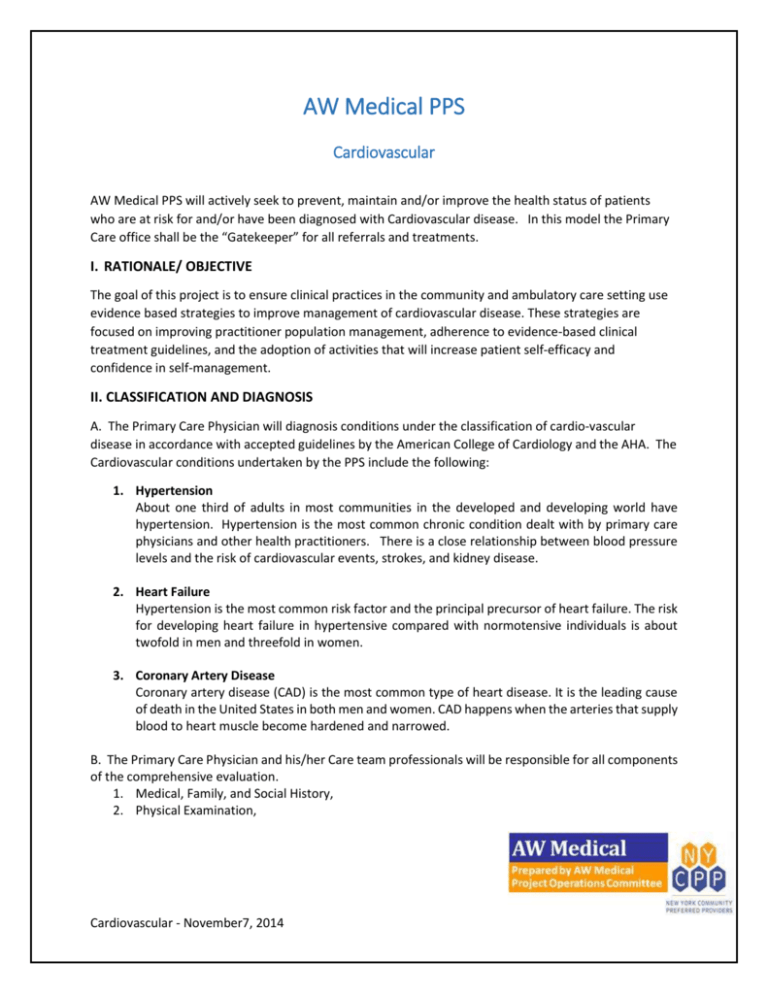
AW Medical PPS Cardiovascular AW Medical PPS will actively seek to prevent, maintain and/or improve the health status of patients who are at risk for and/or have been diagnosed with Cardiovascular disease. In this model the Primary Care office shall be the “Gatekeeper” for all referrals and treatments. I. RATIONALE/ OBJECTIVE The goal of this project is to ensure clinical practices in the community and ambulatory care setting use evidence based strategies to improve management of cardiovascular disease. These strategies are focused on improving practitioner population management, adherence to evidence-based clinical treatment guidelines, and the adoption of activities that will increase patient self-efficacy and confidence in self-management. II. CLASSIFICATION AND DIAGNOSIS A. The Primary Care Physician will diagnosis conditions under the classification of cardio-vascular disease in accordance with accepted guidelines by the American College of Cardiology and the AHA. The Cardiovascular conditions undertaken by the PPS include the following: 1. Hypertension About one third of adults in most communities in the developed and developing world have hypertension. Hypertension is the most common chronic condition dealt with by primary care physicians and other health practitioners. There is a close relationship between blood pressure levels and the risk of cardiovascular events, strokes, and kidney disease. 2. Heart Failure Hypertension is the most common risk factor and the principal precursor of heart failure. The risk for developing heart failure in hypertensive compared with normotensive individuals is about twofold in men and threefold in women. 3. Coronary Artery Disease Coronary artery disease (CAD) is the most common type of heart disease. It is the leading cause of death in the United States in both men and women. CAD happens when the arteries that supply blood to heart muscle become hardened and narrowed. B. The Primary Care Physician and his/her Care team professionals will be responsible for all components of the comprehensive evaluation. 1. Medical, Family, and Social History, 2. Physical Examination, Cardiovascular - November7, 2014 3. 4. 5. 6. Laboratory Evaluation, Diagnostic Workup, Treatment, Referrals to other providers for specialized services and treatment III. MANAGEMENT - Implementation (The Team) A. People with Cardiovascular disease should receive medical care from a team that may include physicians and physician extenders, nurses, dietitians, pharmacists, and mental health professionals. It is essential in this collaborative and integrated team approach that individuals with these conditions assume an active role in their care. The management plan should be formulated as a collaborative therapeutic alliance among the patient and family, the physician, and other members of the health care team. B. The team will rely on other provider types to help in the care of the Patient including Laboratories, Medical Supply/ DME suppliers, Home Care, Housing, Transportation and Behavioral Health. IV. POINTS OF DISCUSSION TO BE ADDRESSED BY EACH CARE TEAM MEMBER: A. What is process, in which you will engage the AW Medical patient? B. Are you able to accept referrals from AW Medical PPS? C. Are you willing and able to interface with the AW Medical Platform for integration? D. Our staff will reach out to you to schedule an appointment for our patient; can your organization accommodate same day referrals if needed? E. Will your organization commit to communicating information back to the AW Medical PPS in a timely manner regarding treatment of our patient? F. What is your protocol/process for intervention/treatment? Please provide a summary protocol that your organization will use to evaluate and treat the patient. G. How will you handle forward referrals, if after assessing the patient you identify that the patient needs service from another provider? Cardiovascular - November7, 2014



